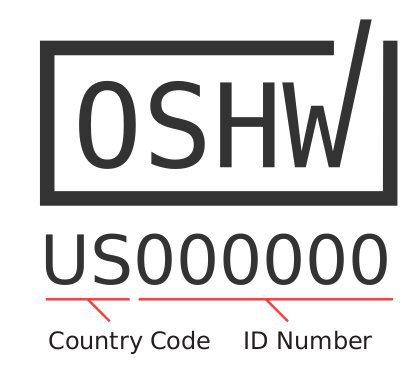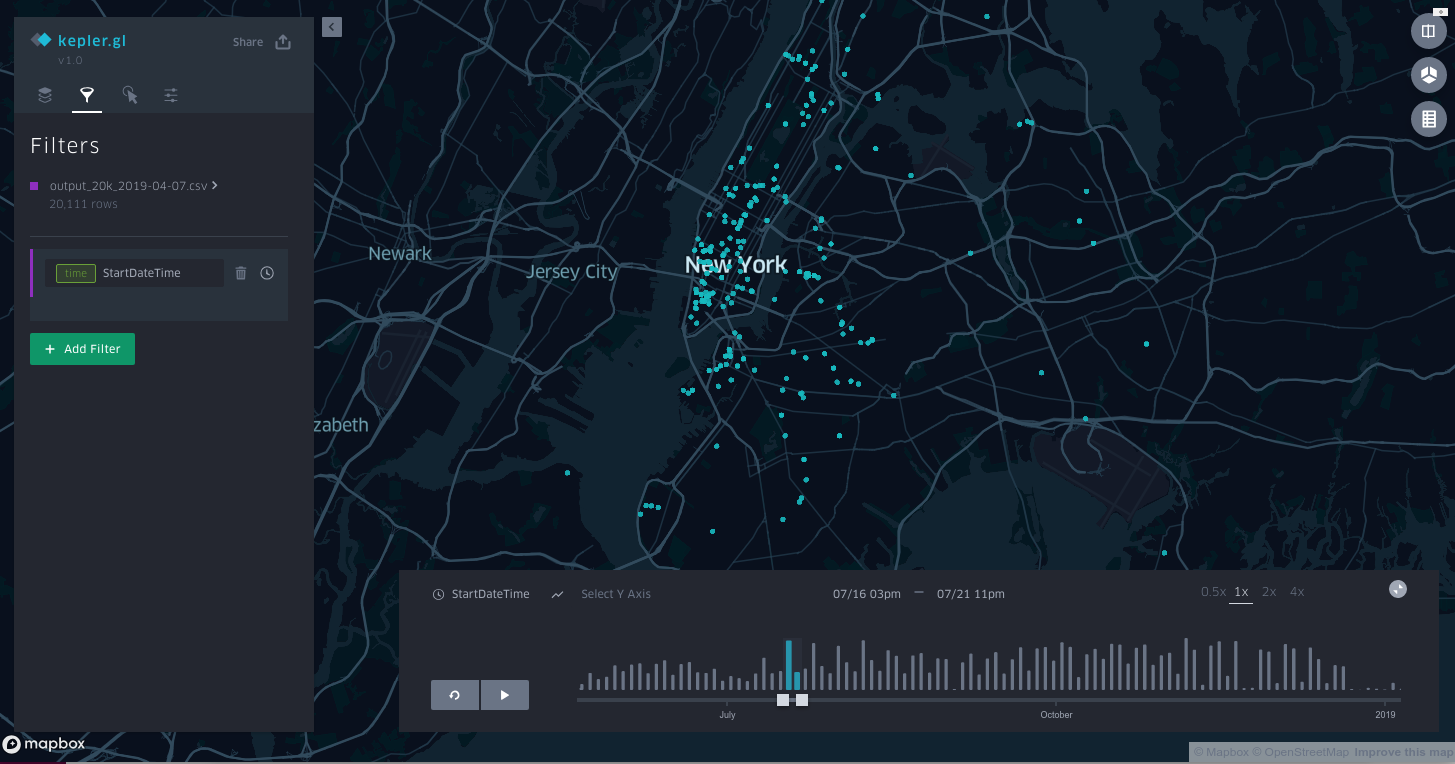This post originally appeared on opensource.com
Read More...Searchable list of certified open hardware projects
This post originally appeared on opensource.com
Read More...Creating Map-Based Data Visualizations Is Getting Pretty Easy
By “pretty easy” I mean “even I can do it” - an exceedingly low bar. It appears that the secret is kepler.gl, New York City open data, and a little bit of python. Click here to play around with my map yourself.
Read More...Should Human Rights Concerns Impact Open Source Hardware Events in China?
Earlier this week OSHWA announced that it would not be holding the 2019 Open Hardware Summit in Shenzhen, China. The stated reason for canceling the Summit is that China’s new foreign NGO law created logistical and bureaucratic barriers to holding the Summit in China. This reason is absolutely true – OSHWA was not going to be able to overcome the barriers created by the law.
Read More...Update on the China Summit, Open Hardware Month, and Future Summits
This post originally appeared on the OSHWA blog.
Read More...


